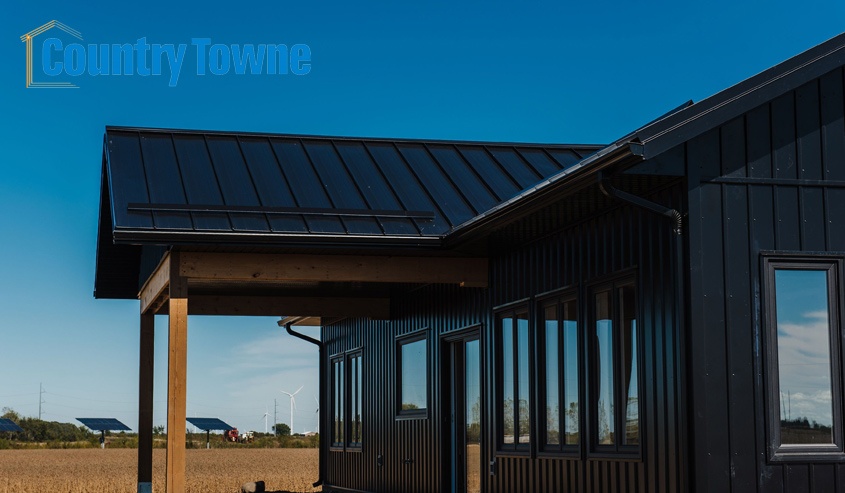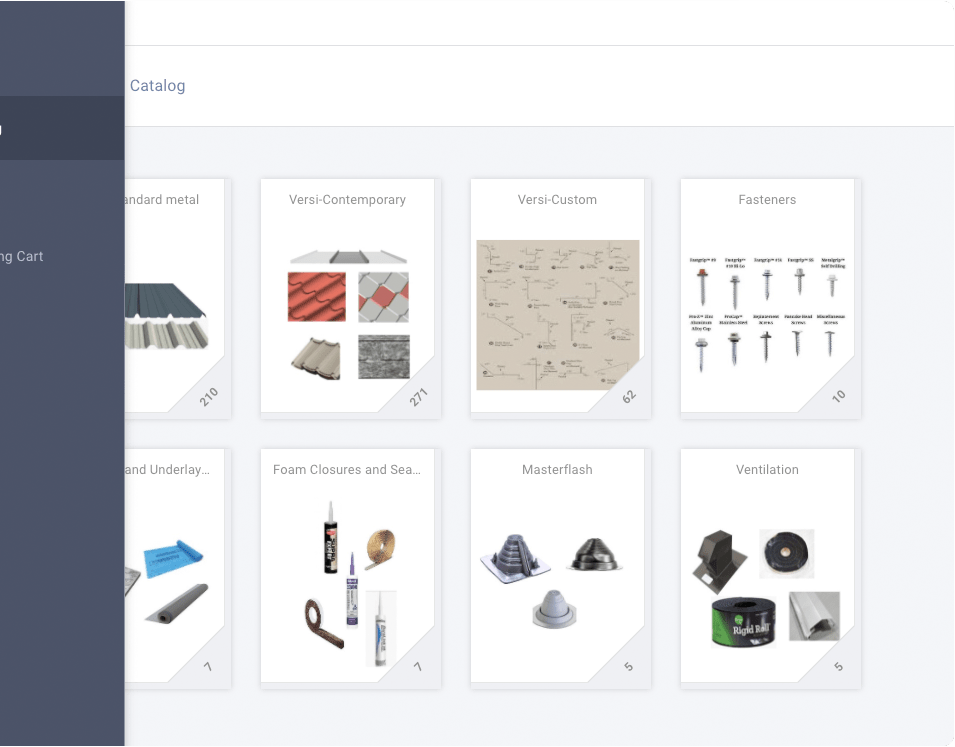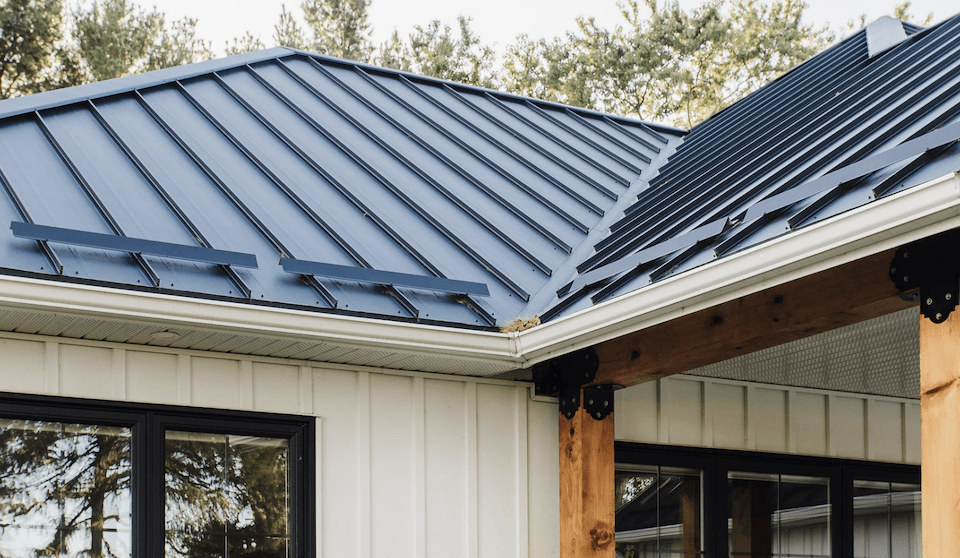You may have noticed some of your favorite buildings putting on new exterior cladding. Why? Buildings with metal cladding not only look different but offer other benefits to homeowners and business people alike. For example, metal cladding building materials can be part of a sustainable future. But what is cladding, and why will metal cladding reduce your carbon emissions?
Learn all about it below…
What Is Cladding?
Cladding is putting one type of building material over another to change its appearance, among other things. Common types of exterior wall cladding materials include fiber cement, brick, metal, steel, vinyl, timber, natural stone, and mixes of those called “composite cladding.”
If you want to turn your current house into a beautiful home, cladding is one way to do that. StylishOutdoors website has an article about many excellent building material choices in action. You are not limited to a simple brick design for the exterior of your house!
Why Clad Your Building?
There are several reasons to clad your home or place of business. The most obvious is aesthetics and curb appeal. If the front of your house doesn’t look as good as you want it to, you can change its appearance with a layer of wood, fiber cement, or metal. Cladding can also increase your house’s property value if you wish to sell it later.
There are other, more practical reasons to clad your building. Weatherproofing is an obvious one. But did you know metal cladding might increase the air quality of your house, or improve the environmental quality of your neighbourhood? Metal cladding is among the most sustainable building materials, but why?
Why Is Metal a Sustainable Cladding Material?
Many modern construction projects are concerned with sustainability. Sustainable building initiatives must maintain standards like reducing window kills and a low carbon footprint. That means business owners wishing to clad their buildings must do so with eco-friendly building materials.
You can learn more about the Canadian Green Building Certification system here. This website has a list of actionable standards that focus on making a building carbon-negative. There are several levels of standards. Metal cladding is just one way to get a sustainable, beautiful building. Solar panels, methods of reducing water consumption, and sustainable, low-VOC finishes also contribute to LEED-certified buildings.
Out of all the cladding products on the market, metal is the most sustainable option. It’s great if you want a living building. Here are a few reasons to consider metal when looking at sustainable exterior cladding materials:
Metal Cuts Your Energy Bill
Many types of cladding come with some form of insulation. This, by itself, means that you will not need to heat your house or workplace as much in the winter. By getting metal cladding, however, you will also reflect some sunlight outside instead of letting it into your house. It will also increase your indoor air quality.
In short, metal cladding keeps buildings cool in the winter and hot in the summer. That means you need to run HVAC machines less often, which not only makes your building more sustainable but also reduces your carbon emissions. If you want to cut your energy costs, metal cladding is great for sustainable building initiatives.
Metal Adds Weatherproofing
One of the other benefits of a metal cladding system is that it is more or less weatherproof. Metal and steel alloys are both durable materials that can endure hail, snow, and heavy winds. You will not need to buy brand-new panels for a while, which reduces consumption overall. It’s a great green building feature!
Metal Does Not Decay
Saying that metal does not decay at all is an exaggeration, but there are not many ways to put “rot” and “pests” under one banner. Your aluminum siding will not be susceptible to termite or wasp damage, for example, unlike the various wood products used for cladding. Metal also does not develop mould, mushrooms, or other signs of organic decay.
Some metals wear down more quickly than others. Steel is sturdy, but even the best steel with rustproof exterior finishes will eventually start to degrade. Aluminum is much easier to maintain; hose it down to clean it.
Metal Is Low-Maintenance
There’s a rule of thumb that the less work you must do to maintain your house’s appearance, the better. Because it is pest-proof, rot-proof, and rust-proof, our metal cladding is the easiest type of cladding to install and maintain. You can have a beautiful building with relatively little effort!
Metal Is Made of Recyclable Materials
But what happens when your metal cladding gets damaged? You may need to replace an individual panel. That panel was made, at least in part, of recycled materials. Unlike wood cladding or composite cladding, your damaged metal cladding can become recycled content, too. What goes around, comes around, and that’s also true of your cladding!
No option in the building materials market is as sustainable as aluminum. It is one of the most sustainable building materials out there, even if it is not technically a renewable resource.
Get in Touch with Country Towne Today!
Before reading this article, you may not have considered getting cladding for your building. Maybe you had not heard of cladding, but now you know more about it than your neighbours! Metal cladding is a sustainable product that can reduce your carbon dioxide emissions.
It is an excellent building material choice for a sustainable future. Contact Country Towne today for your exterior design needs and internal projects.






Share This Article
Choose Your Platform: Facebook Twitter Google Plus Linkedin